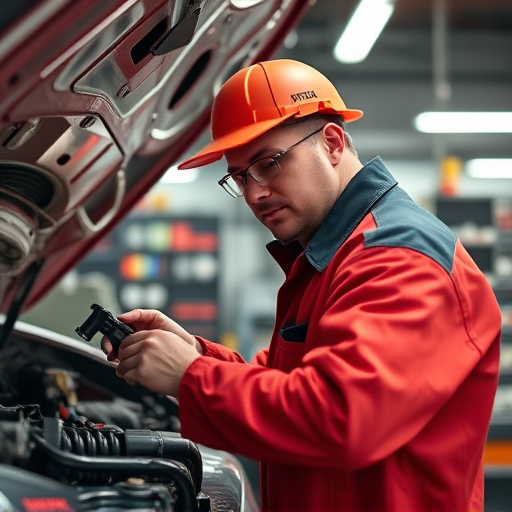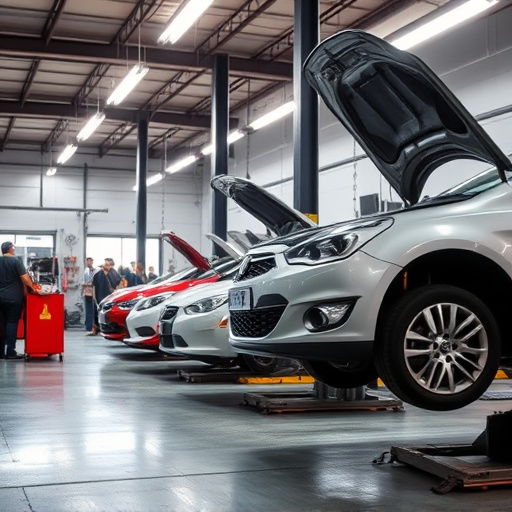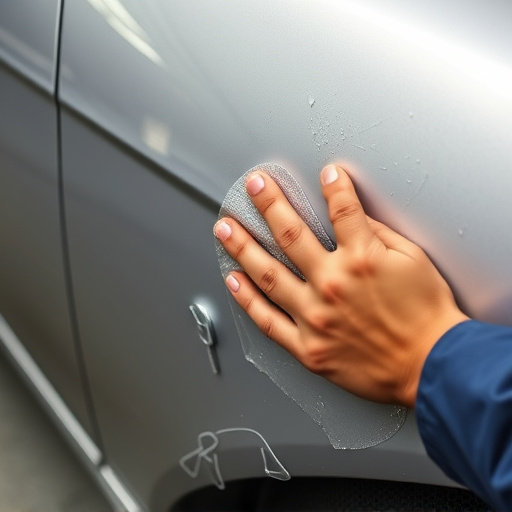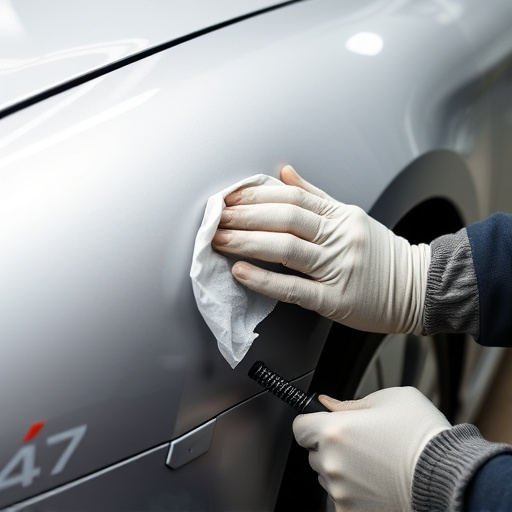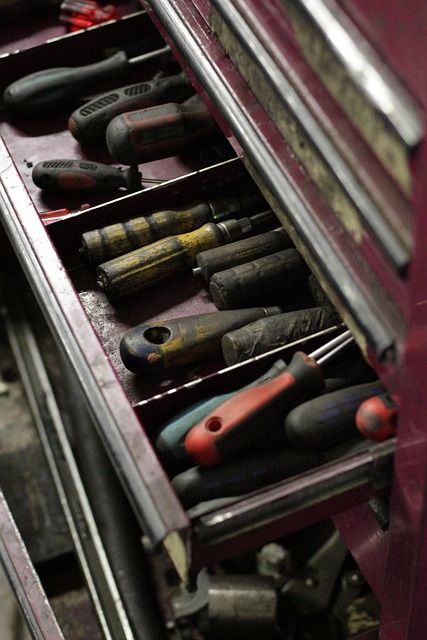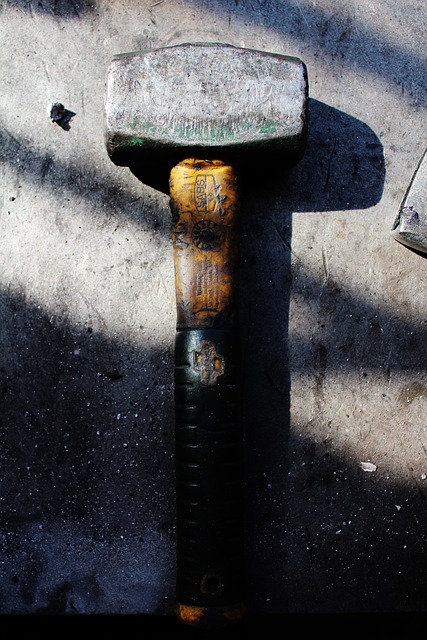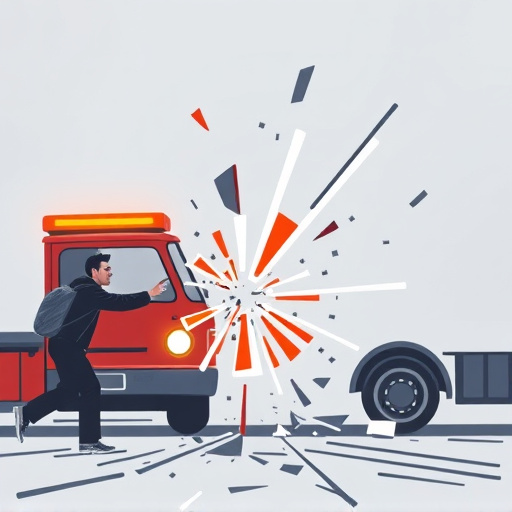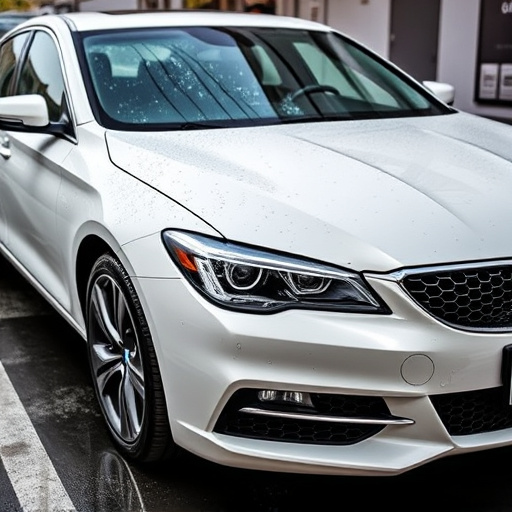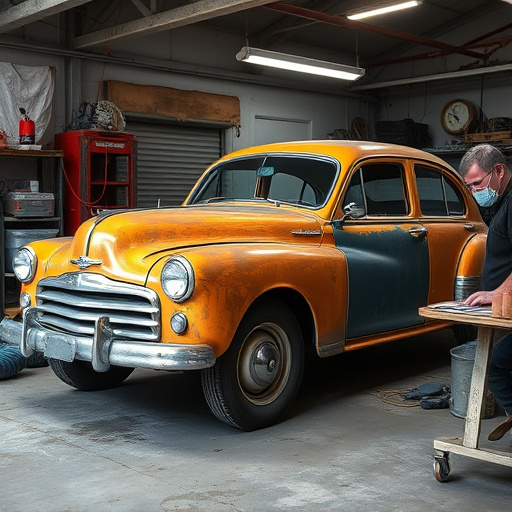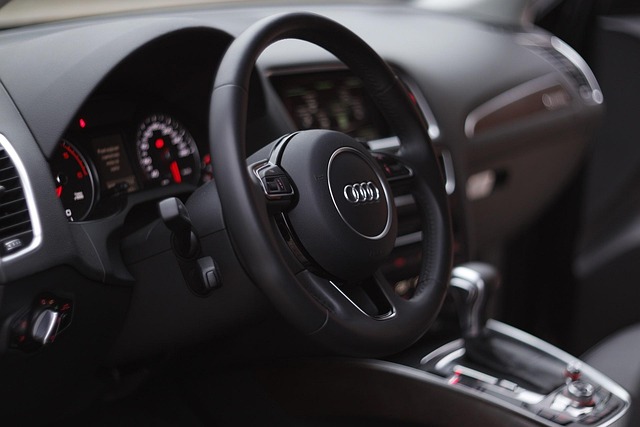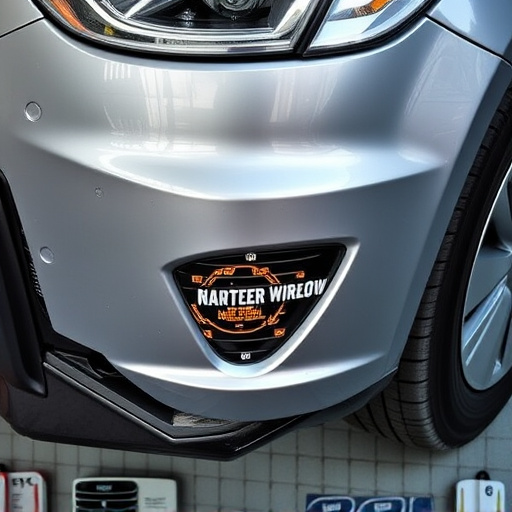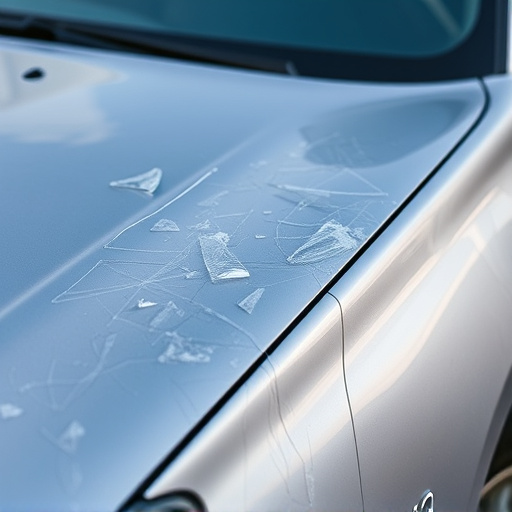Infrared (IR) curing technology revolutionizes automotive repair by offering faster, efficient, and environmentally friendly alternatives to traditional methods. Advanced IR equipment uses electromagnetic radiation for rapid drying and curing, reducing drying times, energy consumption, and environmental impact. Precision timers and sensors ensure optimal curing processes in auto body work and paint repairs, enhancing quality, conserving energy, and ensuring consistent performance, ultimately boosting customer satisfaction through swift turnaround times.
Infrared (IR) curing equipment has revolutionized various industries, offering efficient and precise drying and curing solutions. This article delves into the critical role played by timers and sensors in enhancing IR curing technology. We explore how these components optimize processes, ensuring optimal performance and energy efficiency. Understanding their key functions, especially in advanced sensor applications, allows manufacturers to fine-tune their production, resulting in improved product quality and reduced waste, making it indispensable for modern industrial practices.
- Understanding Infrared Curing Technology
- Key Functions of Timers and Sensors
- Optimizing Processes with Advanced Sensors
Understanding Infrared Curing Technology
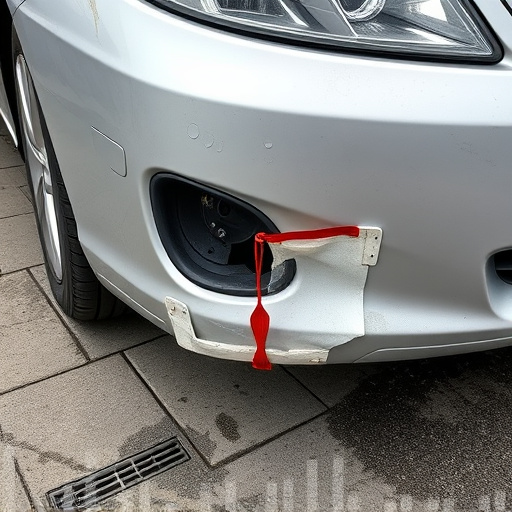
Infrared curing technology has revolutionized various industries, including automotive and collision damage repair. Unlike traditional curing methods that rely on time-consuming chemical reactions, infrared (IR) curing equipment harnesses the power of electromagnetic radiation to rapidly dry and cure coatings, adhesives, and other materials. This innovative approach offers significant advantages such as faster drying times, reduced energy consumption, and minimal impact on the environment.
In an auto body shop or car body shop setting, infrared curing equipment plays a pivotal role in streamlining workflows and enhancing efficiency. By quickly curing coatings, it accelerates the repair process, reducing downtime for vehicles. Moreover, IR curing minimizes the risk of collision damage by minimizing heat-related issues that can occur with conventional drying methods. This technology’s precision and control ensure optimal results, contributing to higher-quality repairs and satisfied customers.
Key Functions of Timers and Sensors
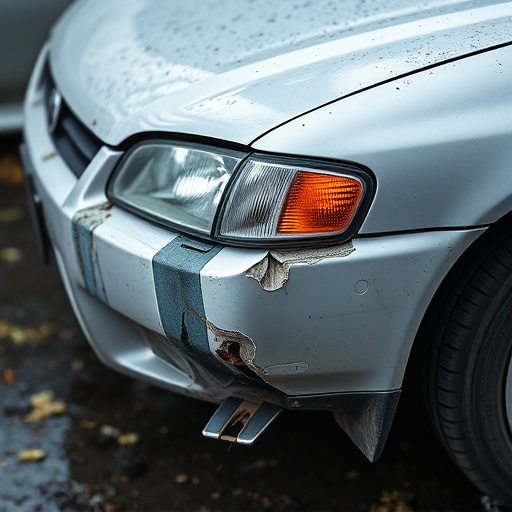
Infrared curing equipment relies heavily on timers and sensors to ensure precise and efficient curing processes. These components play pivotal roles in controlling the duration and intensity of infrared radiation, which is essential for various applications such as automotive body work and car paint repair. Timers, for instance, dictate the exact amount of time a vehicle or its parts are exposed to the infrared light, preventing both under-curing (where the paint may not fully harden) and over-curing (which can lead to blistering or other defects).
Sensors, on the other hand, monitor critical parameters like temperature and surface dryness. By continuously gathering data, these sensors enable real-time adjustments to curing cycles, ensuring optimal results in vehicle collision repair and other precision work. This dynamic feedback loop not only enhances the quality of the final product but also contributes to energy efficiency by minimizing unnecessary radiation exposure.
Optimizing Processes with Advanced Sensors
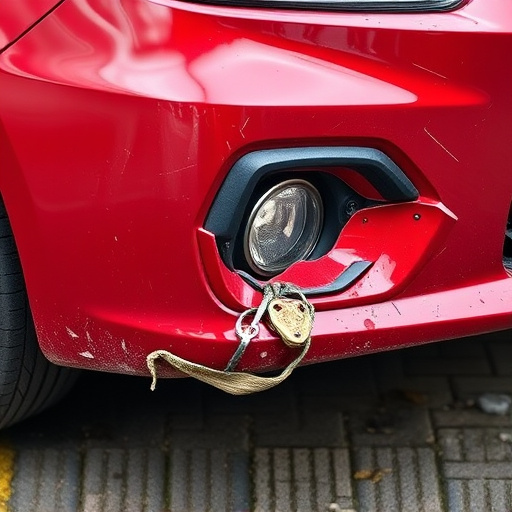
Infrared curing equipment relies on precise timing and environmental monitoring to achieve optimal results, especially in industries like car paint services and autobody repairs. Advanced sensors play a pivotal role in this process by providing real-time data on various parameters such as temperature, humidity, and atmospheric pressure. This information allows for dynamic adjustments to the curing process, ensuring that each step is executed with perfect precision.
By integrating sophisticated sensors into infrared curing systems, manufacturers can streamline their processes, reduce waste, and enhance overall efficiency. These sensors enable continuous monitoring, allowing technicians to make informed decisions quickly. For instance, in vehicle restoration projects, precise temperature control facilitated by sensors can preserve the integrity of vintage finishes while ensuring a swift turnaround time.
Infrared (IR) curing equipment has revolutionized various industries by offering efficient and precise drying and curing solutions. Timers and sensors play a pivotal role in this process, ensuring optimal performance and quality. Understanding the key functions of these components, from basic timing mechanisms to advanced sensor technology, is essential for optimizing IR curing processes. Advanced sensors provide real-time data, enabling precise control and customization, thereby enhancing productivity and reducing waste. As the demand for faster, more efficient production continues to grow, investing in sophisticated timer and sensor technologies for infrared curing equipment becomes increasingly vital.
